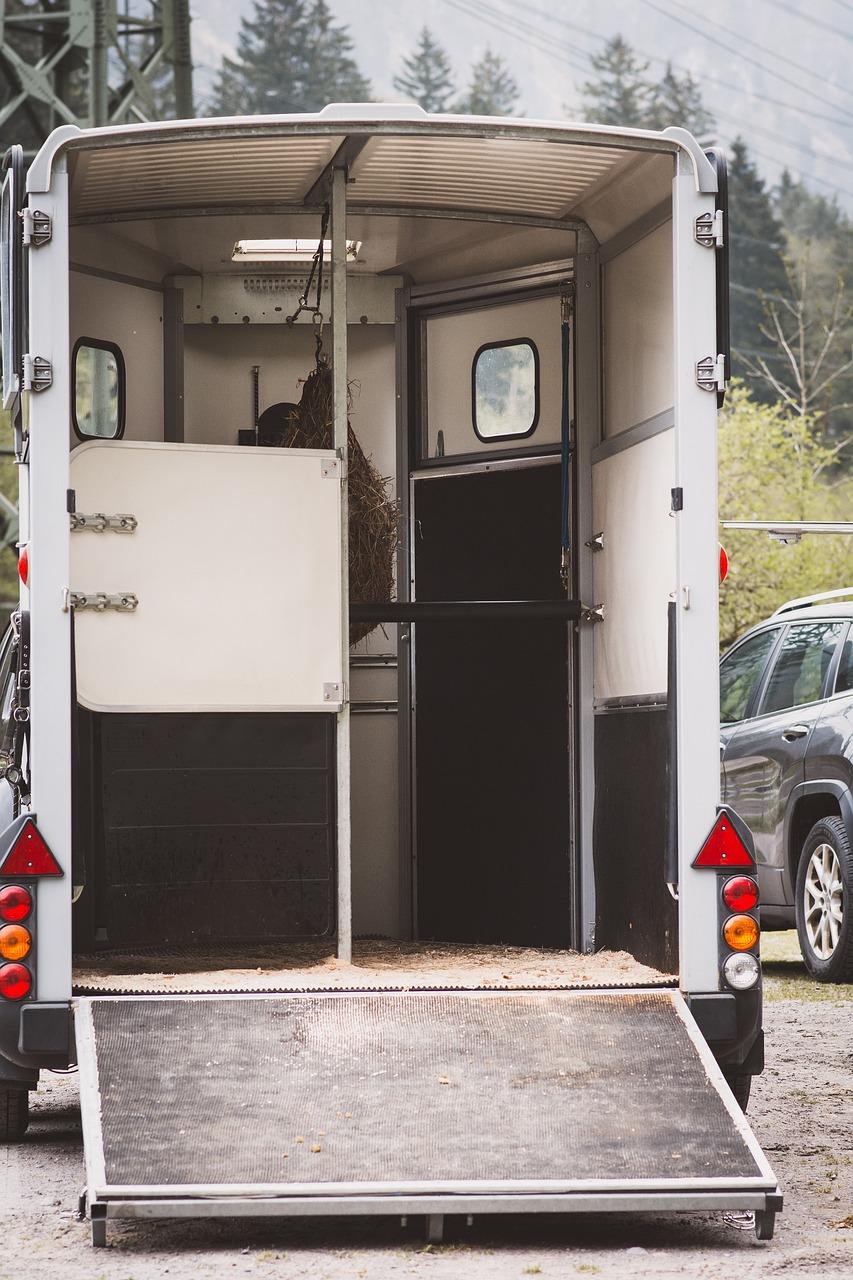
Mythbuster Monday: The Heavier Horse Should Be Loaded on the Driver’s Side of a Bumper Pull
On Mythbuster Monday, we tackle a variety of equestrian myths to either bust or confirm. Today’s discussion: Should the heavier horse always be loaded on the driver’s side of a bumper pull trailer?
It’s Mythbuster Monday, where Horse Nation dives into different equestrian myths and provides research-based evidence to either bust or confirm those myths. Today’s topic: Should the heavier horse always be loaded on the driver’s side of a bumper pull trailer? Does it matter if they’re loaded facing forward or backward? Will it make towing safer? Read further to find out!
Myth: The heavier horse should always be loaded on the driver’s side of a bumper pull
Myth or Fact: Fact
Bumper pull trailers, also known as drag or tagalong trailers, are trailers that have a tongue that fits over a ball hitch that is attached at the truck’s frame at the rear of the vehicle. These trailers are often utilized because they cost less than a gooseneck and can be towed with smaller trucks and even some SUVs. They are also chosen because they are unlikely to exceed the weight limit that is declared commercial and requiring a special license.
For a first time trailer owner, they are less intimidating to become accustomed to. They have a normal turning radius which, flowing the vehicle as it makes turns, making them easier to pull.
But, is there a correct and incorrect way to distribute horse weight in the trailer?
According to an article by Saddle Up Safely, the heavier horse should always be loaded on the driver’s side. Their rationale behind doing so is that most roads have a crown. When you place the heavier horse on the driver’s side it aids in stabilizing the trailer if the passenger side wheels go off the road.
Pro Equine Grooms concur with this rationale. They explain that when roads are crowned it means the middle of the road is taller than the edges. This allows for water drainage but can make towing tricky if the trailer is unbalanced. Pro Equine Grooms states that with the heavier horse on the passenger side, if your wheels slip off the pavement, the weight distribution can pull the trailer off the road even more.
Equispirit brings up another important aspect of positioning the heaviest horse in a straight load bumper pull trailer. They state in their article that while it is important to load this horse on the driver’s side, he must also be loaded facing frontward. The heaviest part of the horse has to me on the higher side, which is the truck side. If you place this horse backwards, it changes the tongue weight and makes driving the trailer extremely dangerous.
Springhill Equine also reiterates all the information provided above in their article. They add that when the heavier horse is loaded on the passenger side it makes weight distribution uneven and in many cases the trailer will pull hard to the right, making it harder to tow.
After diving into the research, the heavier horse should always be loaded on the driver’s side of a straight load bumper pull trailer. This allows for more even weight distribution and takes into effect the design of roads. By loading the heavier horse on the driver’s side, the trailer is less likely pull to the side of the road.
Do you have an equine myth you’d like us to tackle? If so, send it our way! Email your suggestions to deann@horsenation.com. Put Mythbuster Monday in your subject line.










